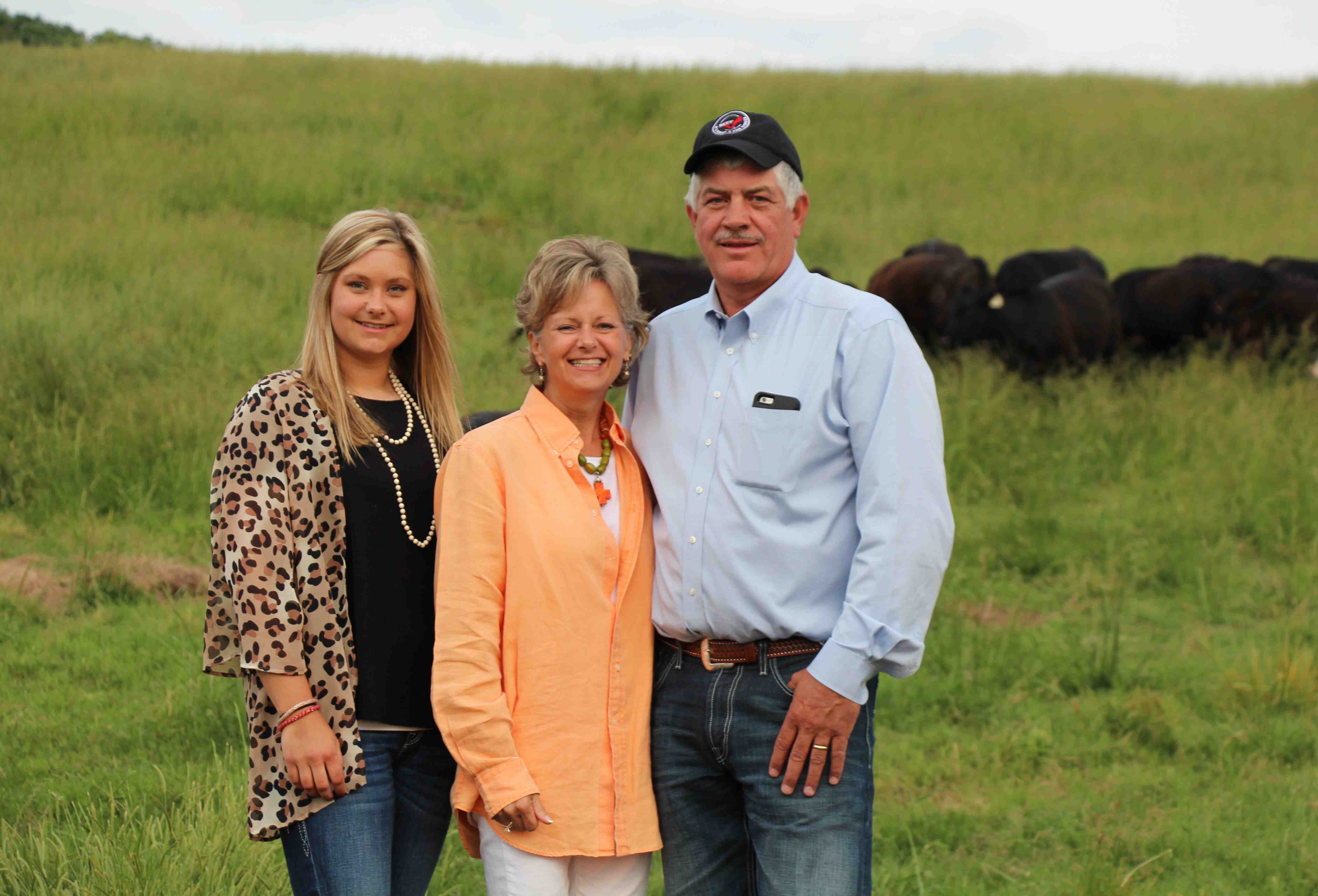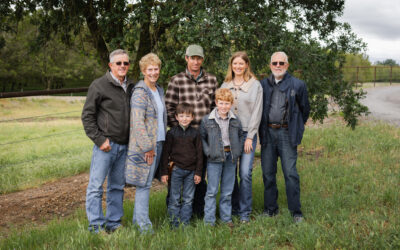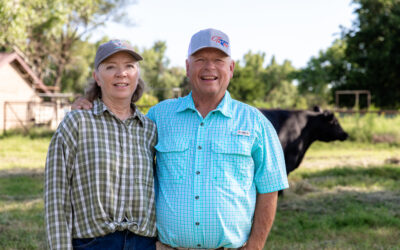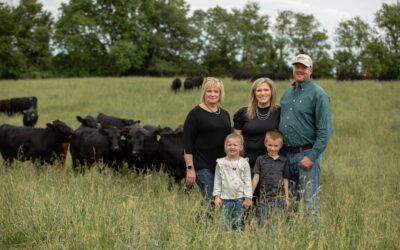
Good stories, part I
Dissatisfied with a simple synopsis, driven by detail, he’ll settle into a memory and take you back with him for the ride.
Life, love, Angus cattle – we talked and laughed about it all.
Determined, the Arkansas mailman broke out to work cows after two and wound up back in the hospital. This time his bride wouldn’t be so lenient.
“Suze, she’s little but she’s mighty,” he says with a smirk. My favorite story of all tells how the two met.
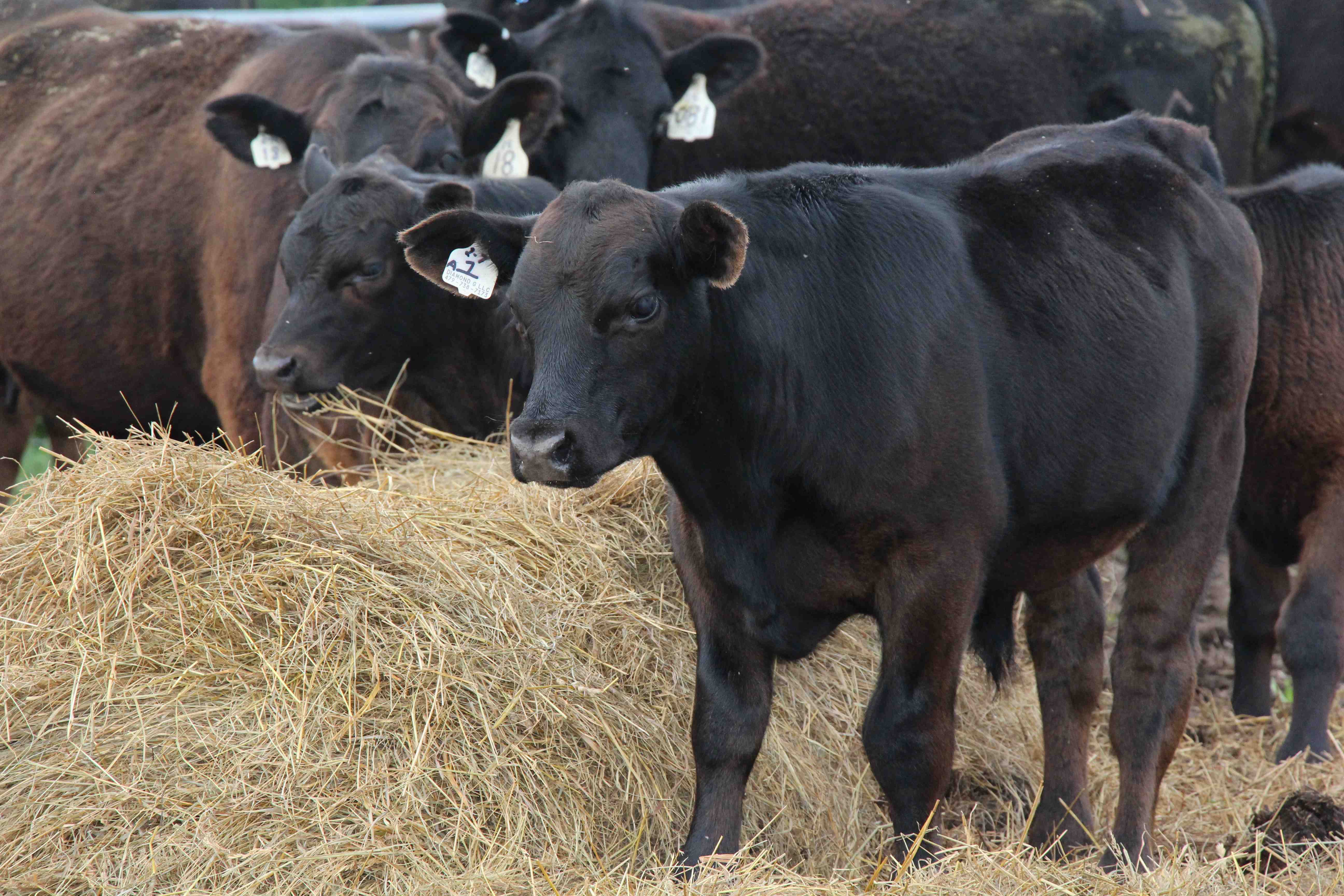
So Rick sat. With an abundance of well wishes and a set of 30 crossbred heifers in the pasture, his mind raced.
“I watched TV for about 15 minutes and then I was done,” he says. “I was climbing the wall.”
That’s when lifetime friend Jeff Williams dropped off a stack of magazines.
“He was an Angus guy and he brings these Angus Journals over and says, ‘look at them and stay in this house.’ I’m looking at the pictures, going through all of them and they all seem to go back to Gardiner [Angus Ranch, Ashland, Kan.].”
Around that same time, with a bad back and no permission to pull calves, he’d been looking to change his bull battery when a neighbor suggested an Angus bull for sale.
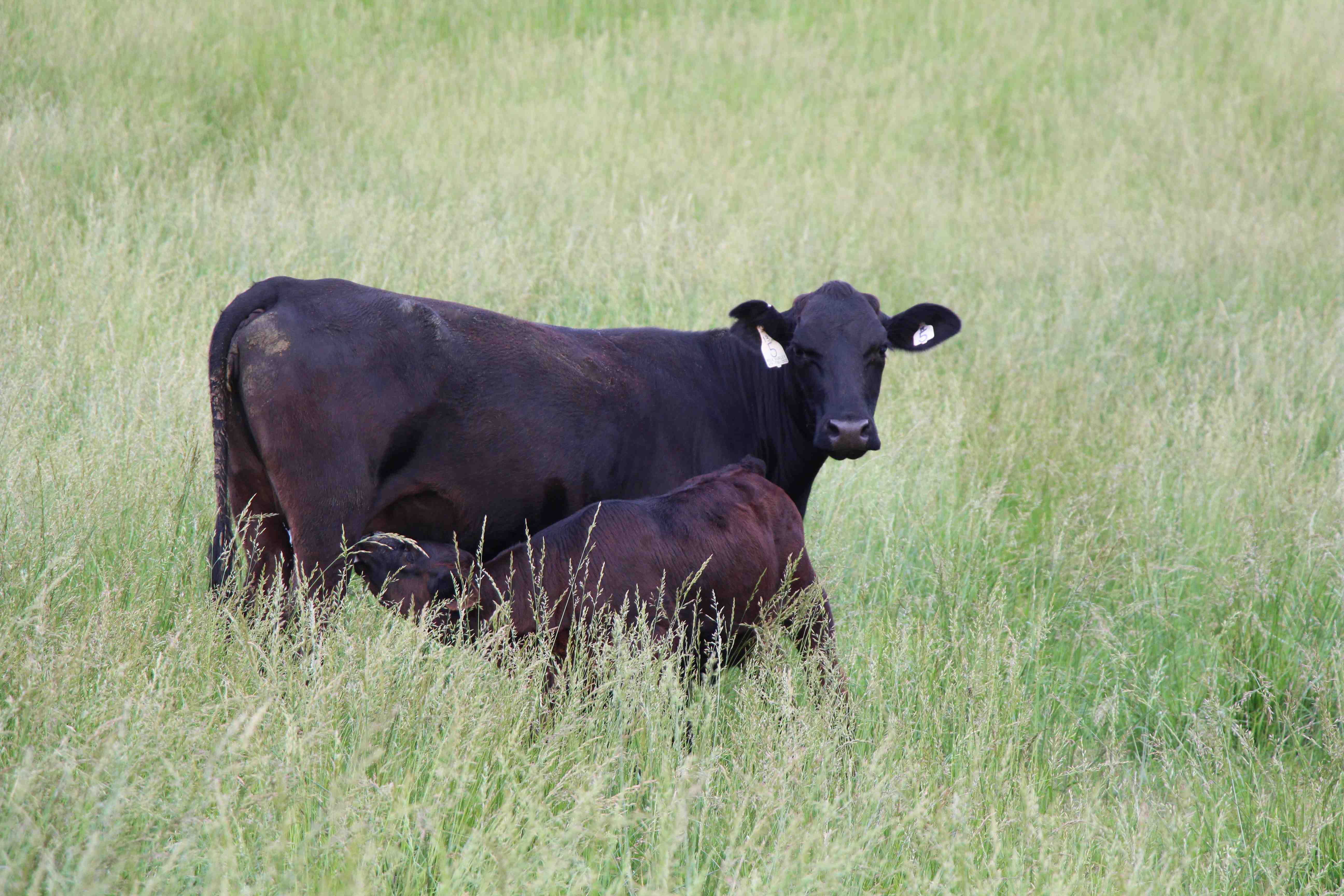
“He delivers that bull and I’m in the house looking out the window, going, ‘He just hooked me.’”
Looks aren’t everything, though: “Lo and behold, that fall I sold those calves and man did they grow. That’s what truly convinced me that genetics matter,” Rick says.
That and the fact that he cold called Mark Gardiner. Soon after, he and Susan made their way to Kansas.
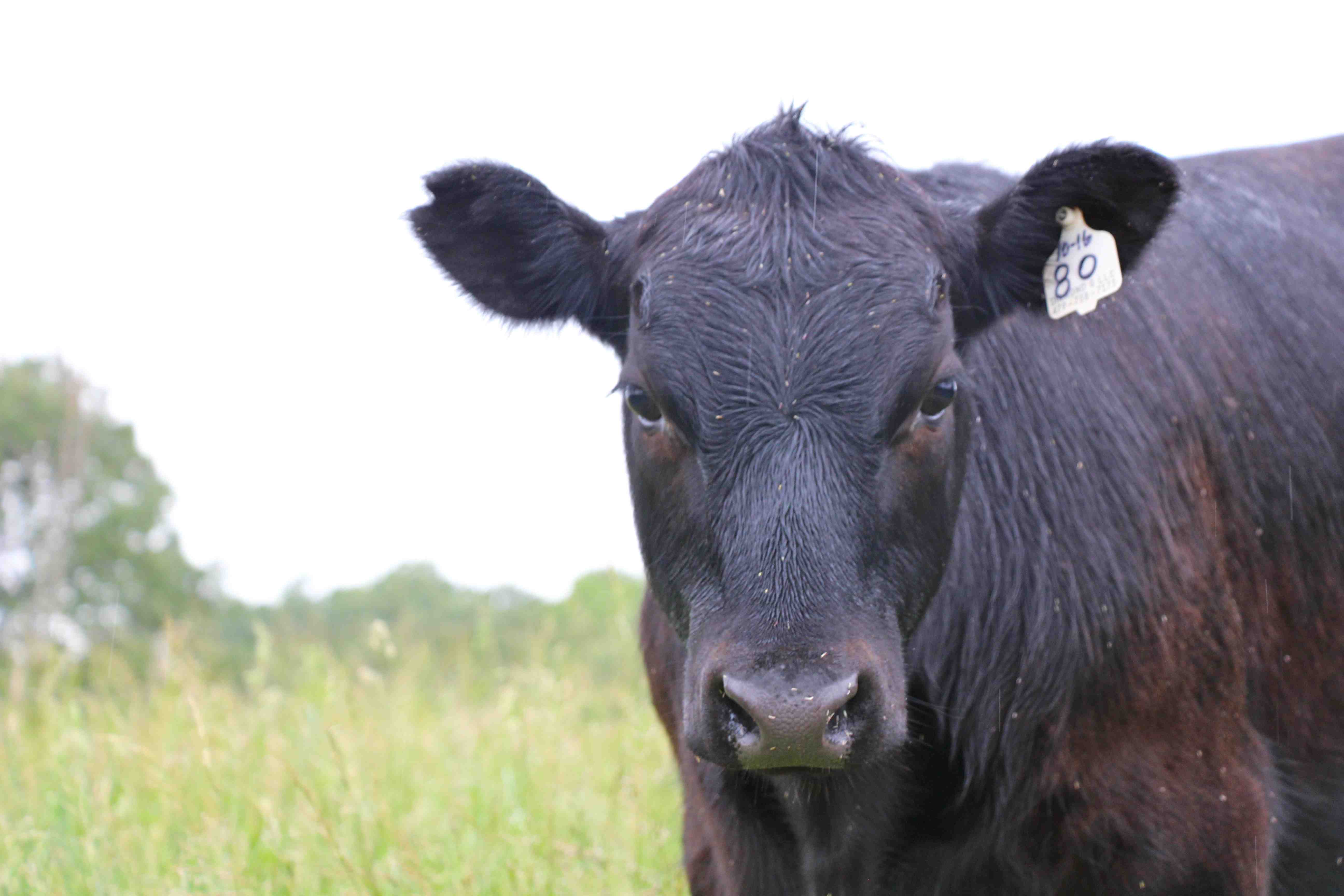
“I’ve got my cowboy hat on and they run Grid Maker in there at half interest, no possession. We looked so out of place,” Rick says of that first sale. “I said to Suze, don’t make eye contact with anybody, don’t sneeze. Just look at the floor and we’ll soon be outta here.”
The couple bought two toward the end of the sale and the road was paved.
With assistance from Mark and hours spent reading those Angus magazines, “we just continued to go back year after year,” Rick says.
But that was then. In the years since, through AI and using Gardiner bulls for cleanup, genetic selection and analysis of EPDs, the herd grew to 250 and the calf crop went from commodity to premium.
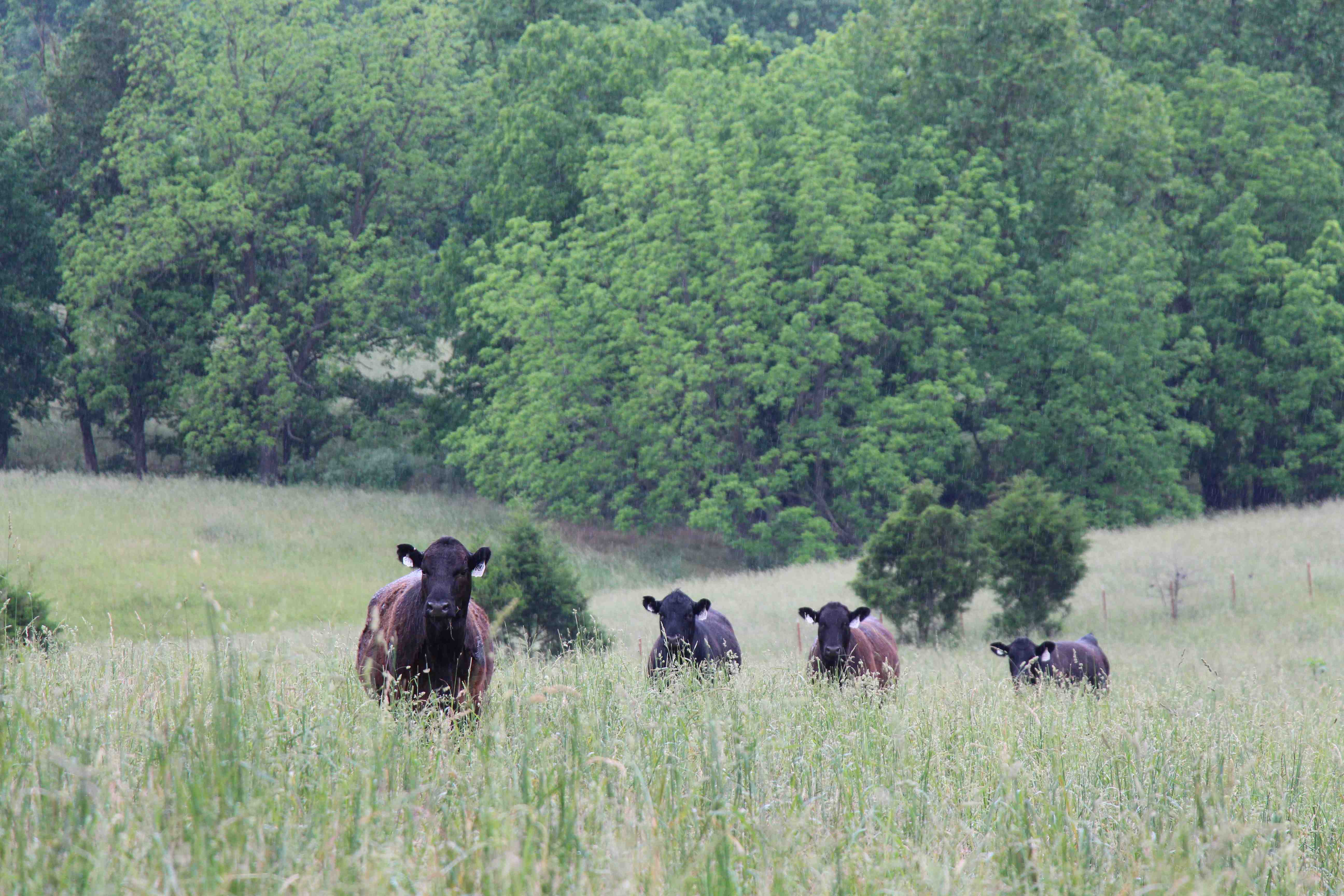
“Back then, I couldn’t afford to go buy a new set of cows,” Rick says. “But through bull selection, you can do an awful lot.”
Driving through his herd, it shows.
“We want to be able to guarantee what we’re putting out there,” he tells me of plans to retain ownership through the feedyard this fall.
“I want to own them from the time they’re in the straw to the time they’re hanging on the rail,” he says. “I’d like to aim for 70% CAB.”
That’ll be a good story to tell.
Thanks for allowing me to tell your story,
Laura
PS – Check out the August Angus Journal to catch the rest of the Gurley story.
You may also like
Legacy in the Golden Land
On a quiet stretch of Northern California rangeland, a different story unfolds. The Borror family’s legacy modestly speaks through the cattle they raise, the ground they steward. The generations who’ve made a life here demonstrate commitment to doing things right, even when no one is watching.
Helping Hands, Helping Herds
“When I die, I want to come back as one of your cows,” murmurs a friend to Steve Zybach. Full to the brim from an alfalfa ration every day, bountiful fields of lovegrass stretched out across the Texas Panhandle—and owners who leave no ounce of cattle care up for question. The Zybachs’ motivation for this level of dedication to their Angus cattle is simply love.
An Ambassador for All
Joanie, with daughter Lindsey and her husband, Adam Hall, raise registered Angus cattle with two primary goals: producing high-quality seedstock that perform well in a wide variety of environments and ensuring end-user satisfaction. Those goals tie everything together, from promoting Angus to other producers to sharing their story with CAB partners and beef consumers.

